Powering Prosperity: Investing in Charging Infrastructure for Economic Growth
Chosen theme: Investing in Charging Infrastructure for Economic Growth. Welcome to a practical, forward-looking space where energy, mobility, and local prosperity meet. We explore how thoughtfully planned charging networks create jobs, attract customers, and future-proof communities. Subscribe, comment, and help shape smarter, inclusive charging investments where you live.
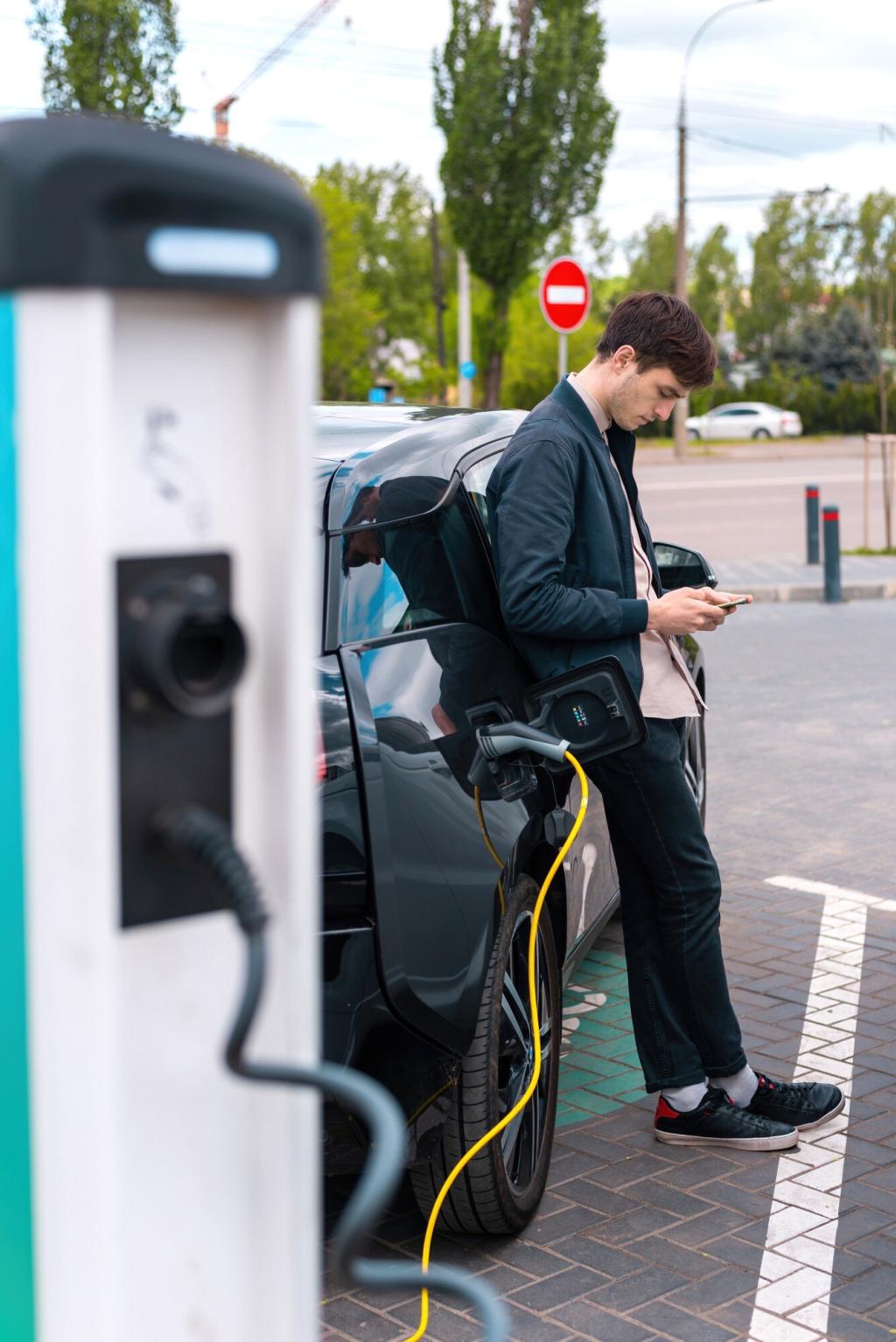
Jobs You Can Count On
From electricians and civil crews to software engineers and maintenance technicians, charging projects create hands-on and high-tech roles. Apprenticeships grow, permitting specialists stay busy, and suppliers expand. These are real, transferable careers that anchor families, strengthen unions and guilds, and circulate income locally.
Main Street Spillovers
Drivers often linger near chargers, turning wait time into wallet time for coffee shops, grocers, and independent retailers. Towns that place chargers near vibrant storefronts see higher foot traffic, more impulse buys, and longer visits. Share your favorite charger-adjacent café—readers want destination ideas.
Resilience and the Tax Base
Public charging generates lease revenue, sales taxes from nearby commerce, and momentum for mixed-use projects. When networks include solar and storage, communities gain resilience during outages. Those reliability gains protect businesses, safeguard refrigerated inventory, and keep local services running when weather gets unpredictable.
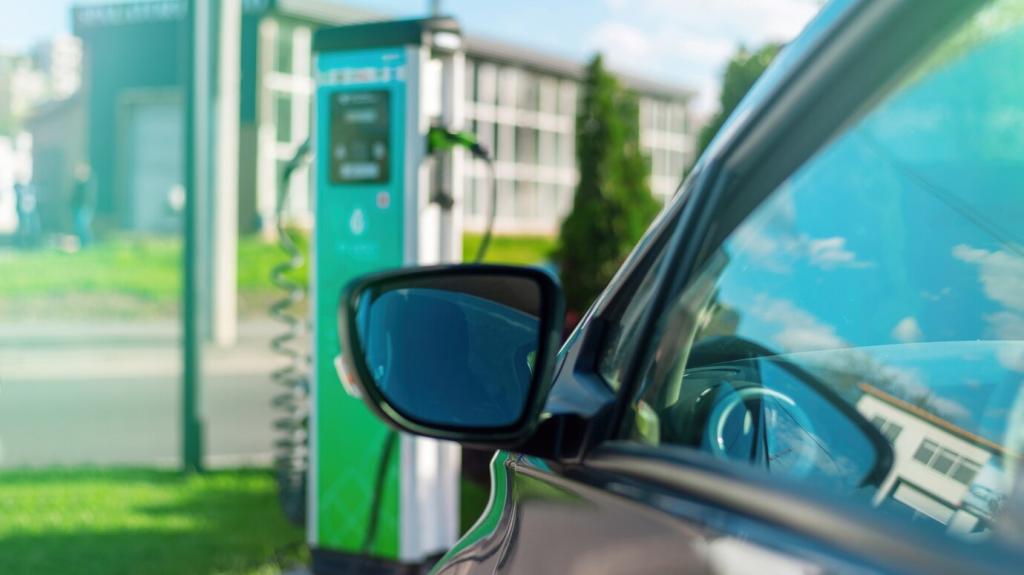
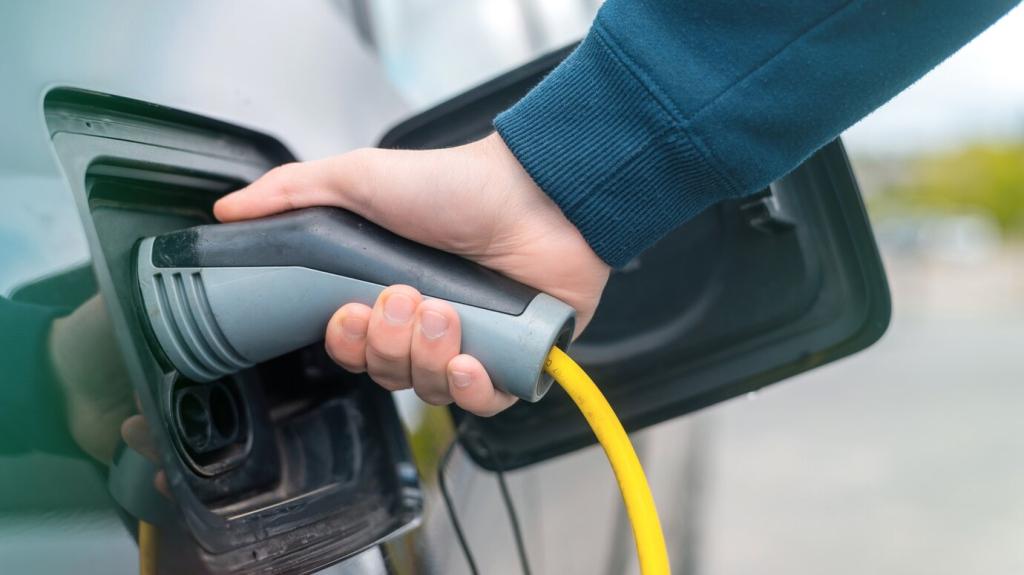
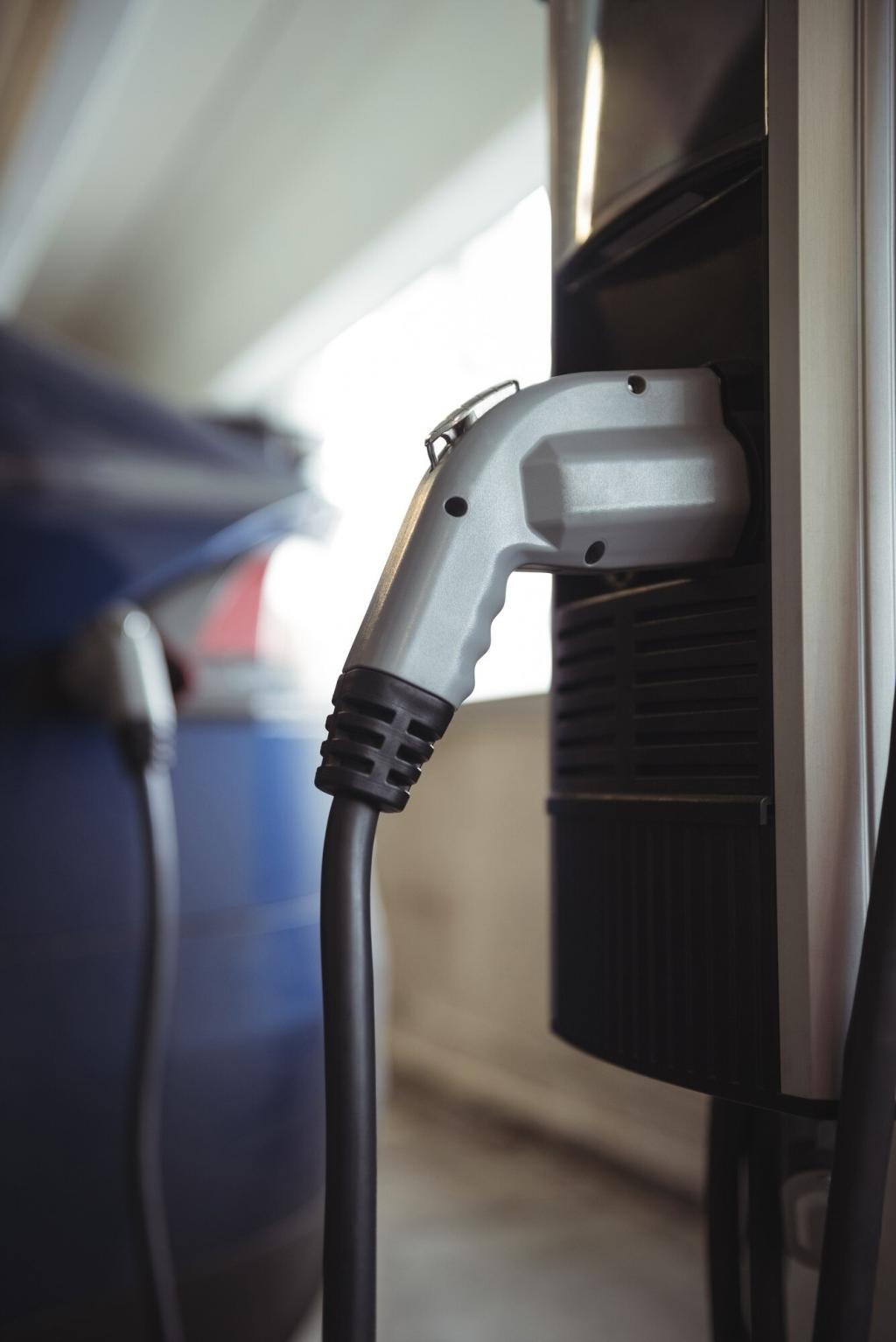
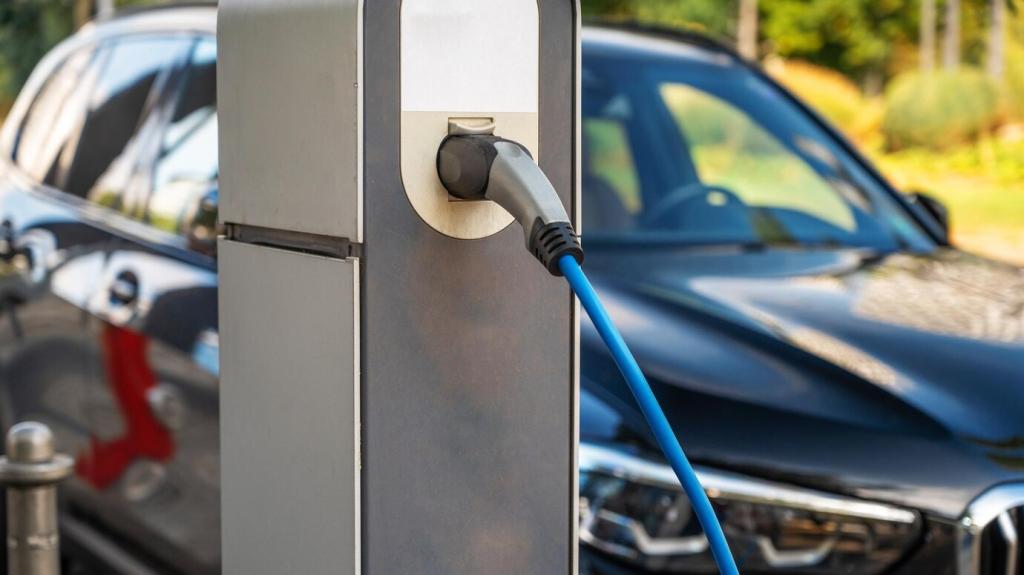
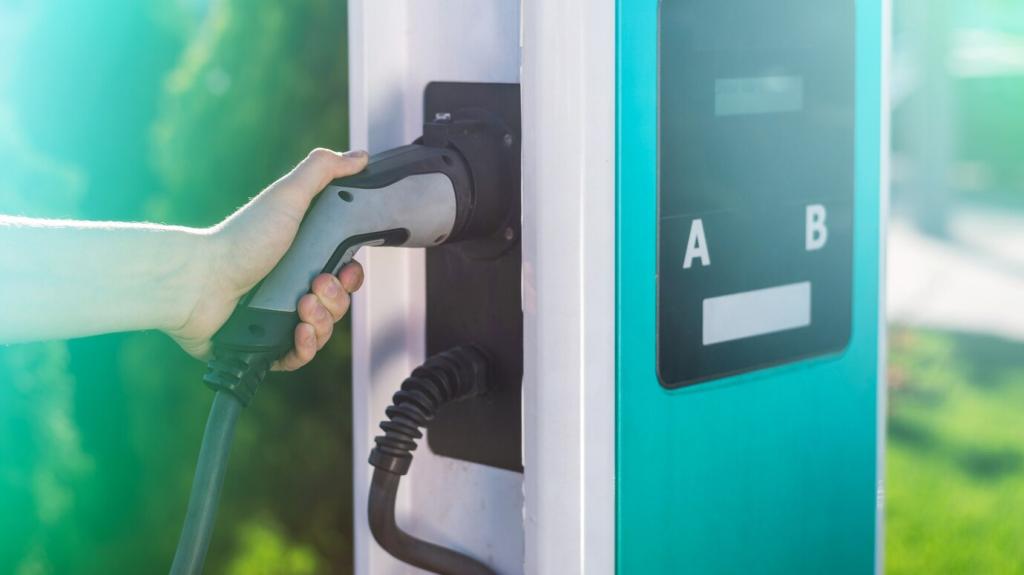
Designing Networks People Love
Plan corridors with reliable spacing, redundancy, and clear signage so drivers can roam without range anxiety. Rural towns benefit from anchor sites at libraries or civic centers, creating hubs of activity. The easier the experience feels, the more trips people take, supporting regional businesses along the way.
Designing Networks People Love
Place chargers where people actually live and work—multifamily units, underserved neighborhoods, and shift-worker hubs. Equitable access means affordable pricing, secure lighting, and ADA-compliant layouts. Pair installation with local hiring and training programs so economic benefits land where new infrastructure arrives first.
Financing That Scales
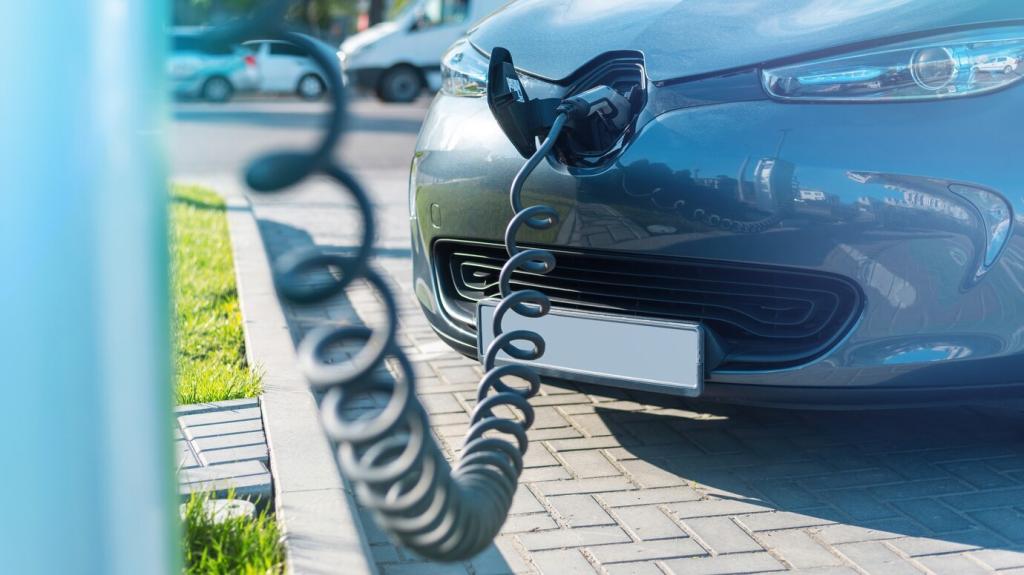
Public–Private Partnerships That Deliver
Cities contribute sites, permitting support, and long-term leases; private partners bring capital, construction, and operations. Revenue-sharing aligns incentives while protecting public interests. Clear uptime guarantees and service standards keep users happy, lenders satisfied, and councils confident enough to greenlight the next wave of projects.
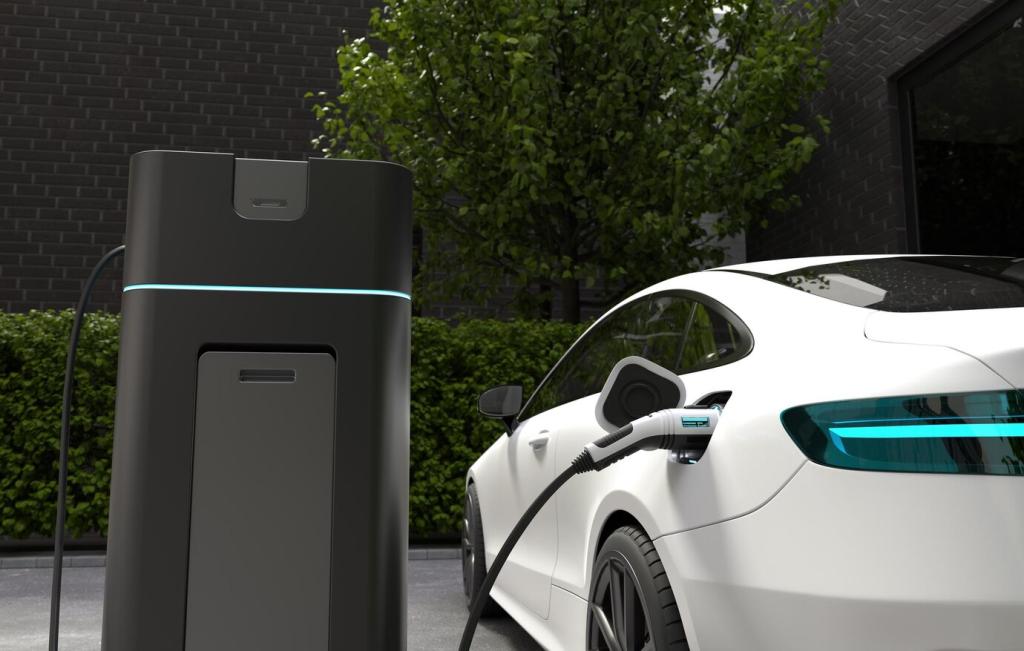
Revenue Stacks and Risk
Combine charging fees with retail partnerships, advertising, carbon credits, and fleet contracts. Multiple revenue streams smooth seasonal swings and fuel-price volatility. Performance-based contracts, insurance, and conservative utilization forecasts reassure investors, making it easier to fund underserved areas without sacrificing long-term financial resilience.
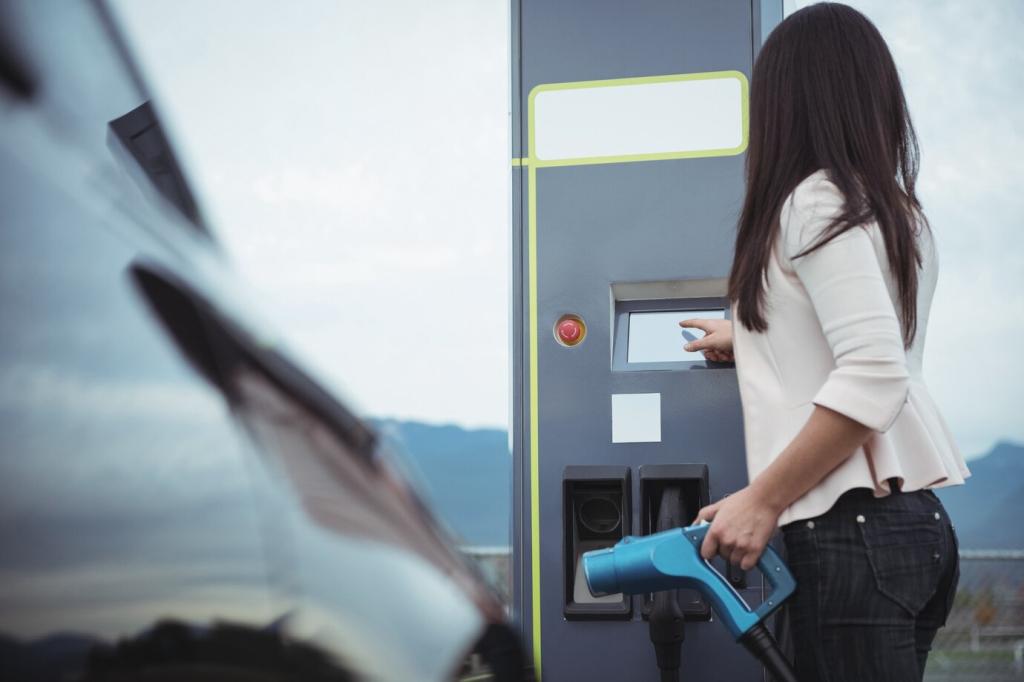
Policy Makes the Path Smoother
Streamlined permitting, standardized designs, and right-of-way clarity cut months from timelines. Smart incentives reward uptime, accessibility, and grid-friendly behavior—not just hardware. When rules are predictable and performance-focused, entrepreneurs innovate confidently, and communities get durable networks instead of abandoned stalls and broken screens.
Technology Choices That Stand the Test of Time
Interoperability Is Non-Negotiable
Open protocols, roaming agreements, and transparent pricing let drivers charge anywhere with one account or card. Avoid vendor lock-in with modular hardware, swappable cables, and standards-based software. When networks talk to each other, utilization rises, costs drop, and travelers spend confidently beyond familiar borders.
Fast vs. Level 2, Use-Cases Matter
Highways and fleet depots thrive on fast charging; workplaces, hotels, and residences excel with Level 2. The best portfolios mix both, tailored to dwell time and turnover. Right-sizing power delivers better returns, fewer upgrades, and happier drivers who find the right speed exactly where they need it.
Uptime, Data, and Trust
Commit to strong service-level agreements, remote monitoring, and proactive maintenance. Real-time fault alerts and transparent uptime dashboards build trust with drivers and financiers. Data also reveals siting gaps, supports grant compliance, and proves the broader economic gains your community set out to achieve.
Stories From the Road
A River Town Reimagined
A mid-sized river town placed fast chargers near a weekly market. Vendors reported higher sales as travelers stopped for twenty minutes, explored stalls, and booked dinner reservations. The town’s brewery hired two more staff, citing steady weekend charger traffic as the tipping point.
Logistics, Electrified
A regional carrier added depot charging with smart scheduling, trimming fuel costs and improving driver satisfaction. Local electricians trained on high-power systems, creating new career ladders. Nearby restaurants gained lunch traffic as drivers synced breaks with charging cycles, strengthening a once-struggling industrial corridor.
The Destination Effect
A wine trail coordinated chargers across tasting rooms, hotels, and scenic overlooks. Visitors stayed longer, planned multi-stop itineraries, and recommended the route to friends. Tourism boards noticed higher midweek bookings, unlocking grants for signage, trail maintenance, and new small businesses along the route.
